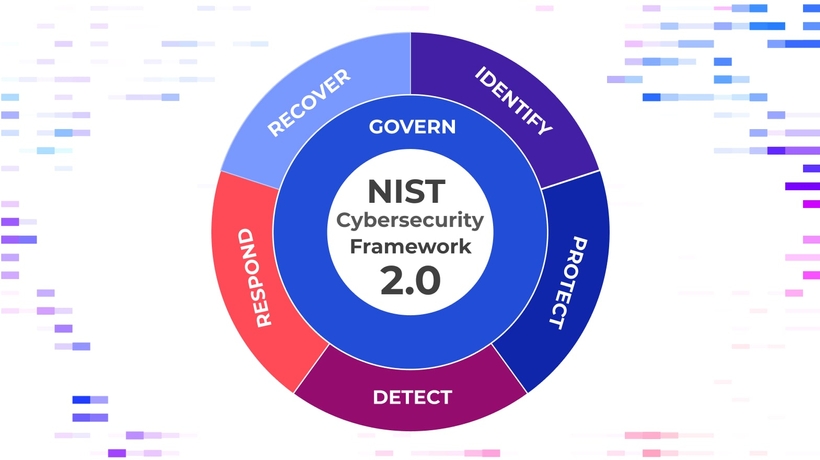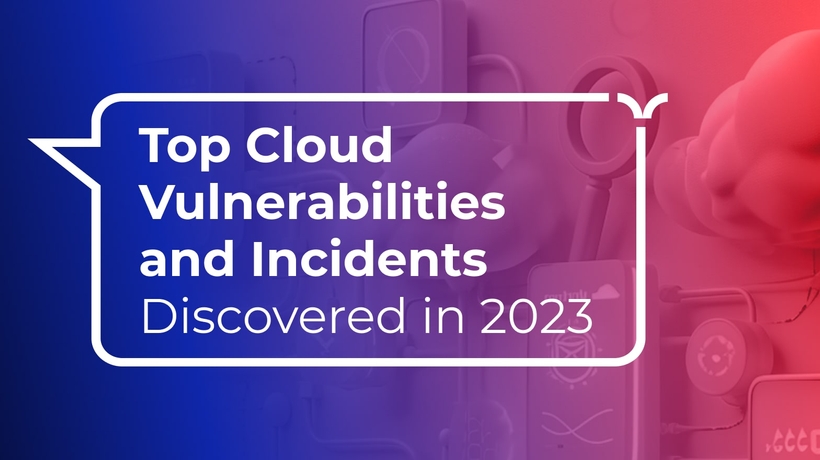Cloud Queues Security Best Practices
Cloud Security Analyst at Cyscale
Friday, October 7, 2022

What is a queue?
A queue is a data structure that allows you to store and retrieve data in an efficient manner. A message queue, in the context of the cloud, is a service used to temporarily store data before it is processed.
A message queue's role is to act like a buffer; if a service is too busy processing data and would otherwise drop traffic, then that traffic is added to a queue for temporary storage.
A message queue usually works based on the FIFO mechanism. FIFO (First In, First Out) allows easy retrieval of messages based on their order of arrival to ensure a smooth process. That means the messages are extracted from the queue in the order they arrive.
Cloud vendors and queues
Let’s look at solutions offered by cloud vendors and understand how to secure queues used in the cloud infrastructure.
1. Amazon Simple Queue Service (Amazon SQS)
This solution helps you manage distributed systems and asynchronous tasks by storing messages in a buffer and waiting until the system is ready to process them. A few of the benefits offered by Amazon through this service are:
- Security,
- Durability,
- Availability,
- Scalability, and others.
2. Azure Queue Storage
Azure Queue Storage helps you store large volumes of messages that can be accessed using authenticated HTTP or HTTPS requests. This type of storage offered by Microsoft Azure is useful in managing asynchronous tasks and ensuring no data loss occurs.
3. Cloud Tasks in Google Cloud
Cloud Tasks is a slightly different service than we've discussed so far; Google Cloud allows users to store asynchronous tasks in queues and easily manage them.
This type of queue can be used as a task scheduling system since you can set a time when a task should be executed.
However, even though the queues in Cloud Tasks are designed for tasks, message passing is a use case of the queues.
Another solution, very similar to Cloud Tasks, is Pub/Sub. Pub/Sub is a message queueing system that functions on a predefined set of rules, where there is a set of Subscribers, who all receive the queued messages from the Publisher when an event occurs.
Queues in the Cloud - Best Practices
When thinking about data security in the cloud, we think of secure storage and assets protection. For this reason, it is very easy to overlook where your sensitive data might end up; and queues are one place.
Don’t leave queues out of your data security program; secure every state of data and ensure that you don’t have any vulnerabilities in your cloud infrastructure.
Let’s look at best practices for securing queues in the cloud.
1. Encrypt the data that arrives in queues.
Encryption is critical in data security; it ensures that your traffic is confidential.
Whether you implement client-side encryption (which means encrypting the data before sending it) or server-side encryption (where the cloud vendor deals with the encryption process), you need to ensure you don't have information in plain text.
Besides these options, you can also make sure that, after leaving the queue, your data is stored encrypted. For example, AWS S3 assets allow users to set default encryption for data that arrives, so new objects are always stored encrypted.
2. Log actions that affect queues.
Keep details of requests made to the queue; whether they are successful or failed, ensure you keep track of what happens to queues. Important signals that can help you identify any irregularities in your queues' configuration are:
- Authentication attempts,
- Latency,
- Queue depth (the number of messages waiting to be processed),
- Request and response sizes, and others.
Why are these parameters important? For example, if your cloud infrastructure is under a DDoS attack, you can quickly identify that by looking at requests and their size; such attacks usually send either very large volumes of data often or big requests that are meant to slow down your system.
3. Restrict access to queue management and ensure access control
Implement the Least Privilege Principle and only allow a small group of users to change queue configurations. Following recommendations offered by Google, deploy specific roles like Queue Administrator and assign them only to users who require those roles.
Besides management, you should also have in place good access control rules. For example, IAM (Identity and Access Management) policies that restrict unnecessary access should be implemented and applied to queues.
4. Configure a dead-letter queue
A dead-letter queue (DLQ) is a type of queue designed for messages that, for various reasons, cannot be stored in the queue and processed correctly. Some of the reasons why messages may end up in DLQs are:
- The application in which the queue is used has logical errors,
- The message length limit was exceeded,
- The queue is full, and others.
Dead-letter queues are useful for debugging what went wrong with the messages’ processing. For example, using a DLQ, you can look at rejected messages and then redirect them to your main queues.
5. Use private endpoints for your queues
Although most cloud providers enable you to have storage assets (and queues) open to the internet, it is the safest to use private endpoints.
This can be done using a Private Link, which creates a private connection between the services in the cloud and the queue.
This way, traffic does not unnecessarily reach the public internet, and a layer of security is added.
6. Configure a good retention period
The retention period refers to how long messages are stored in the queue before they are deleted. A longer retention period is recommended to provide flexibility in your environment and allow some time between the moment a message is received and when it is processed.
For example, Amazon SQS lets you configure a retention period between 1 minute and 14 days.
Protect your data using Cyscale
After understanding best practices regarding queue security, it’s time to ensure you’re implementing them.
You can easily do this using Cyscale! We help you check if you have vulnerabilities in your cloud environment and quickly solve any findings to solidify your cloud security posture.
Cloud Security Analyst at Cyscale
Sabrina Lupsan merges her academic knowledge in Information Security with practical research to analyze and strengthen cloud security. At Cyscale, she leverages her Azure Security Engineer certification and her Master's in Information Security to keep the company's services at the leading edge of cybersecurity developments.
Further reading
Cloud Storage
Misconfigurations

Build and maintain a strong
Security Program from the start.
Cloud Compliance in
2023: An In-Depth Guide
The whitepaper talks about ISO 27001, SOC 2, PCI-DSS, GDPR, HIPAA.
Download WhitepaperShare this article
Stay Connected
Receive our latest blog posts and product updates.
TOP ARTICLES
Product
Our Compliance toolbox
Check out our compliance platform for cloud-native and cloud-first organizations:

LATEST ARTICLES
What we’re up to

NIST CSF 2.0: A Detailed Roadmap for Modern Cybersecurity



